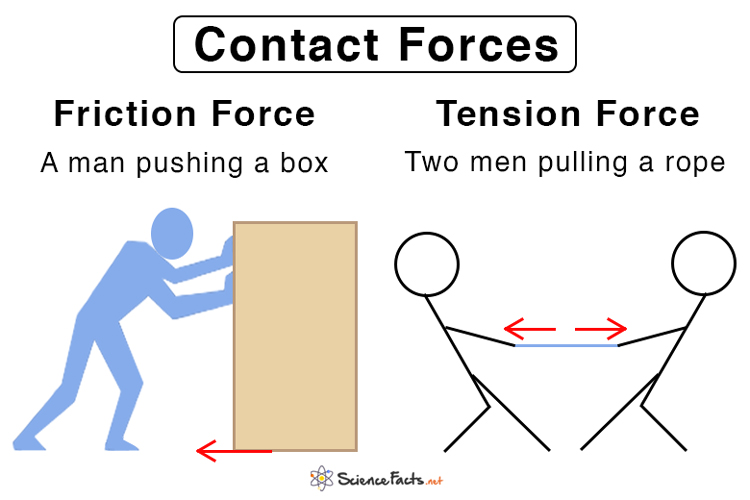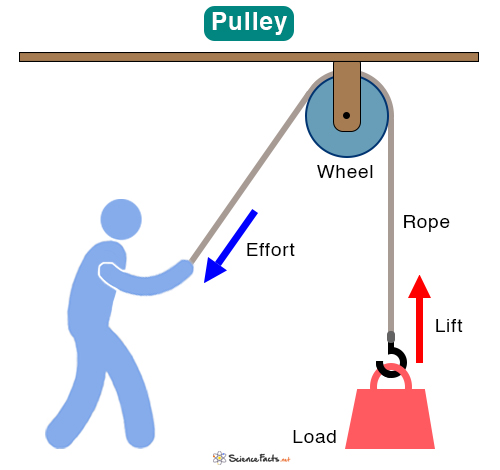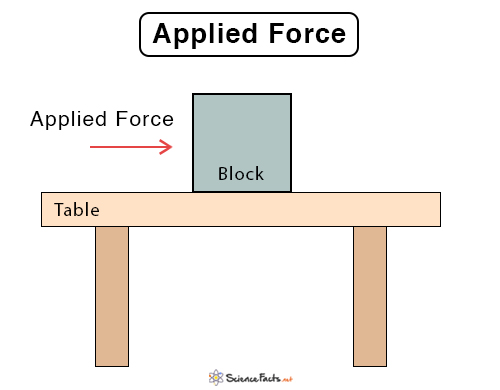Stress-Strain Curve
Stress and Strain
Stress is the force applied to a material divided by the area over which the force is applied. It quantifies the force acting on a material and helps to understand its response to different loads.
Stress is denoted by the Greek symbol σ (sigma), and its formula is:
Here, the area represents the surface area over which the force is distributed. It can be normal or tangential to the force.
The unit of stress is the Pascal (Pa), which is equal to Newton per square meter (N/m²).
When stress is applied to a material, it may change its shape or size. This change in shape or size is called strain. It helps to understand how materials deform under stress.
Strain is denoted by the Greek symbol ϵ (epsilon), and its formula is:
Since strain is a ratio of lengths in meters, it has no unit.
Types of Stress and Strain
- Tensile stress occurs when a normal force stretches a material, resulting in tensile strain. Imagine pulling both ends of a rubber band – it becomes longer because of the tensile stress acting on it.
- Compressive stress happens when a material is compressed or squeezed, resulting in compressive strain. For example, when you press down on a sponge, it gets thinner due to compressive stress.
- Shear stress is the force per unit area acting parallel to a surface, causing layers of a material to slide past each other. For instance, when you push the top layers of a deck of cards while holding the bottom steady, the layers slide over each other due to shear stress. The corresponding deformation is the shear strain.
- Volume stress or bulk stress refers to the internal force per unit area experienced by a material due to a change in its volume, typically caused by external pressure or forces. It measures how a material resists deformation under volumetric changes, which is measured by volumetric strain.
Now that we have explored stress and strain let us examine how materials respond to stress using the stress-strain curve.
Characteristics of the Stress-Strain Curve
The stress-strain curve is a graph that shows how a material deforms when it is stretched or compressed. The x-axis represents strain, and the y-axis represents stress. The graph also indicates different stages and regions of deformation, providing valuable insights into the mechanical behavior of materials.
Below is a typical stress-strain curve for a ductile material, such as steel or copper, subjected to tensile stress. The different stages of deformation are discussed below.
1. Proportional Limit
At the beginning of the curve, stress is directly proportional to strain. It means that if the applied force is doubled, the resulting strain also doubles. This behavior follows Hooke’s Law. In this region, the material behaves elastically, meaning it will return to its original shape once the force is removed.
2. Elastic Limit
The elastic limit is the highest amount of stress a material can withstand while still returning to its original shape. If the stress is removed before reaching this point, the material returns to its original form. However, if the stress exceeds this limit, the material becomes permanently deformed and will not return to its original shape. Until this stage, the region is known as the elastic region, and the region beyond it is known as the plastic region.
3. Yield Point
The yield point marks the specific stress level where a material begins to deform permanently, essentially signifying the transition from elastic (reversible) to plastic (permanent) behavior. Engineers use the yield point to design materials that can handle everyday forces without getting permanently deformed.
4. Ultimate Stress Point
As stress keeps increasing, the material reaches its highest stress level, called the ultimate stress point. It is the maximum stress the material can handle before it starts to weaken. After this point, the material might start to thin in one area, a process called “necking”, which makes it weaker. After reaching the ultimate stress point, if the stress continues to increase, the material undergoes further deformation, leading to fracture.
5. Fracture or Breaking Point
If the stress on a material keeps increasing past its ultimate stress point, the material will eventually break. This breaking point is called the fracture point. At this stage, the material has stretched or deformed too much and can no longer hold any weight. The way a material breaks depends on its type – brittle materials, like glass, snap suddenly, while ductile materials, like steel, stretch before breaking, as shown in the image.
-
References
Article was last reviewed on Monday, March 24, 2025








